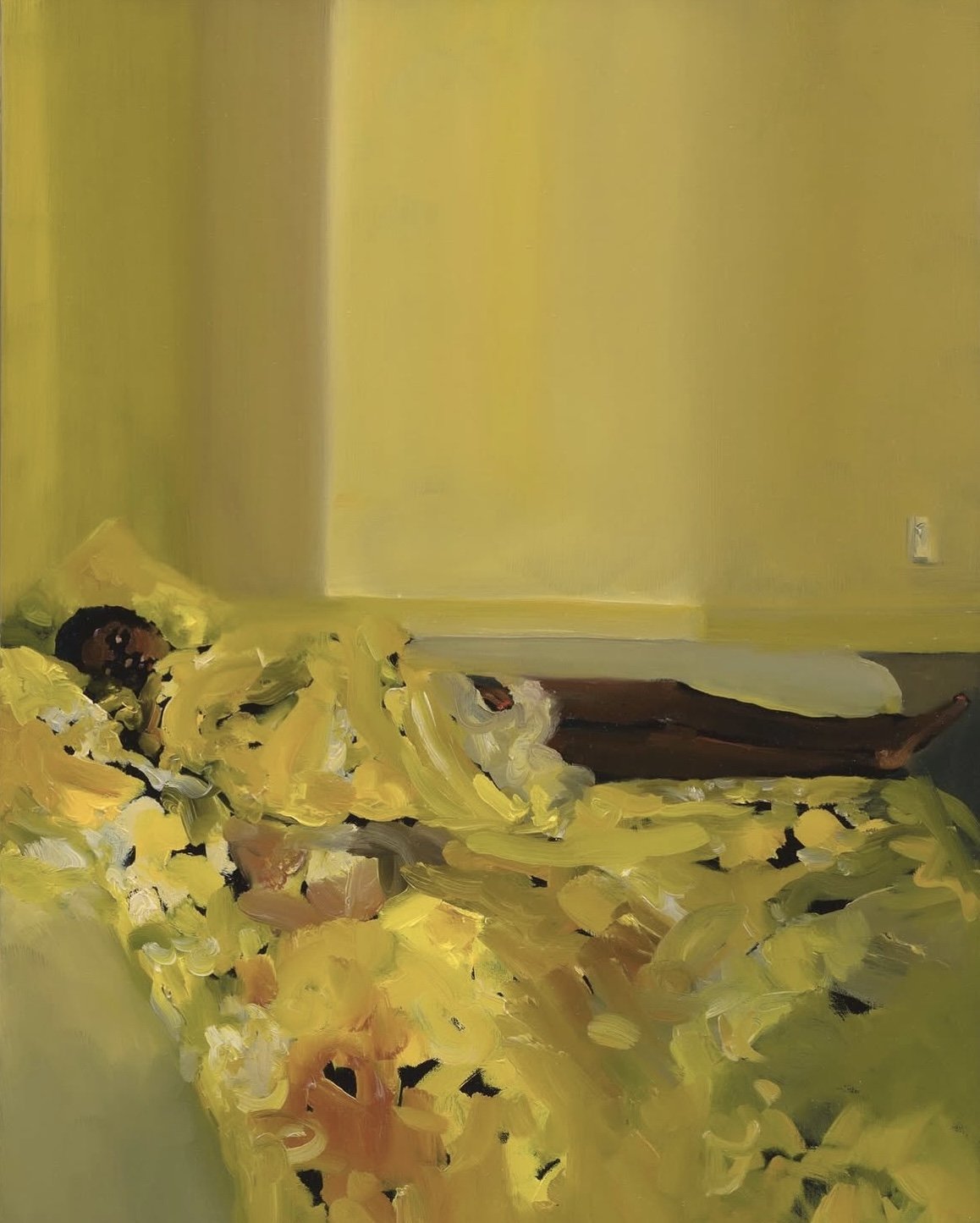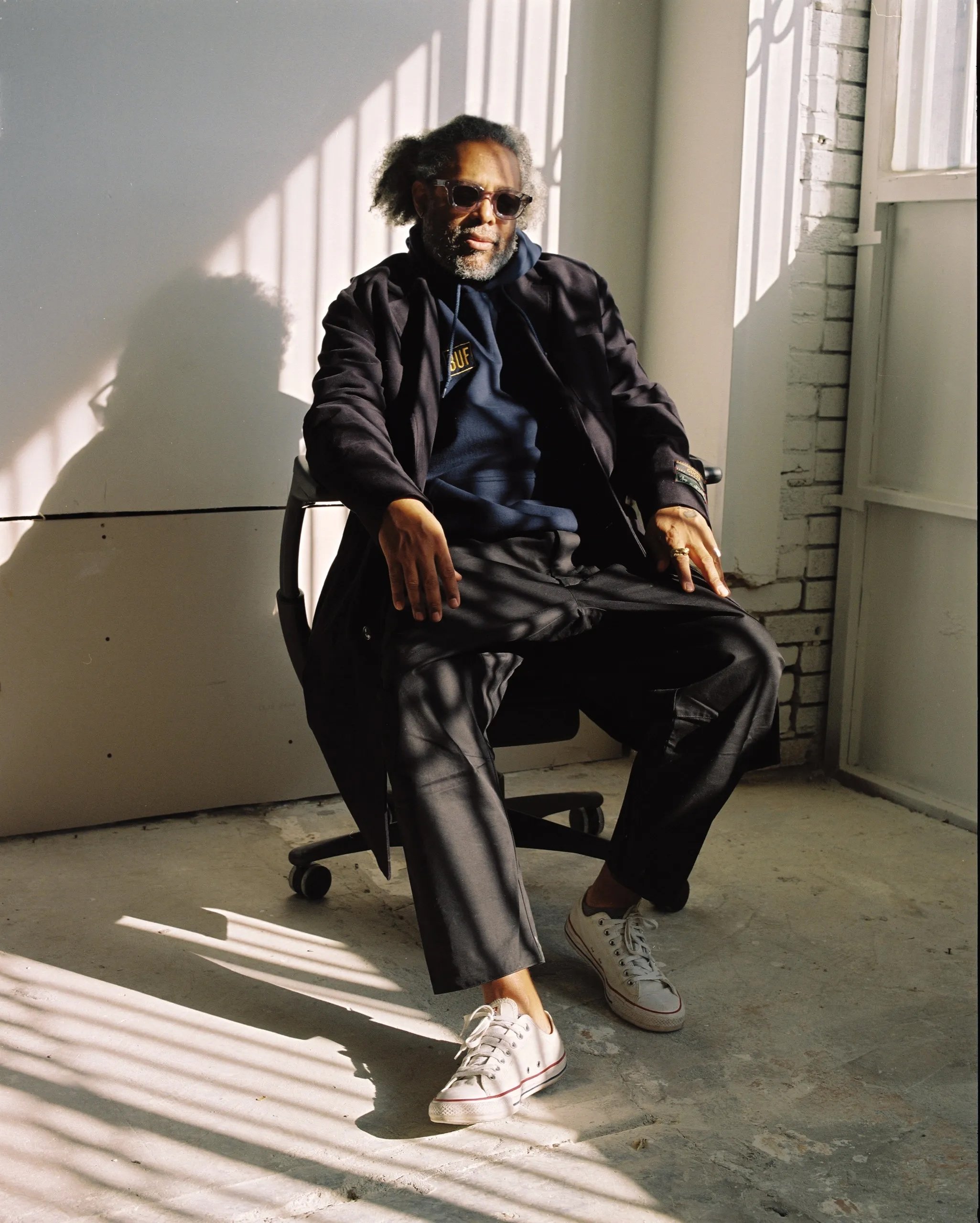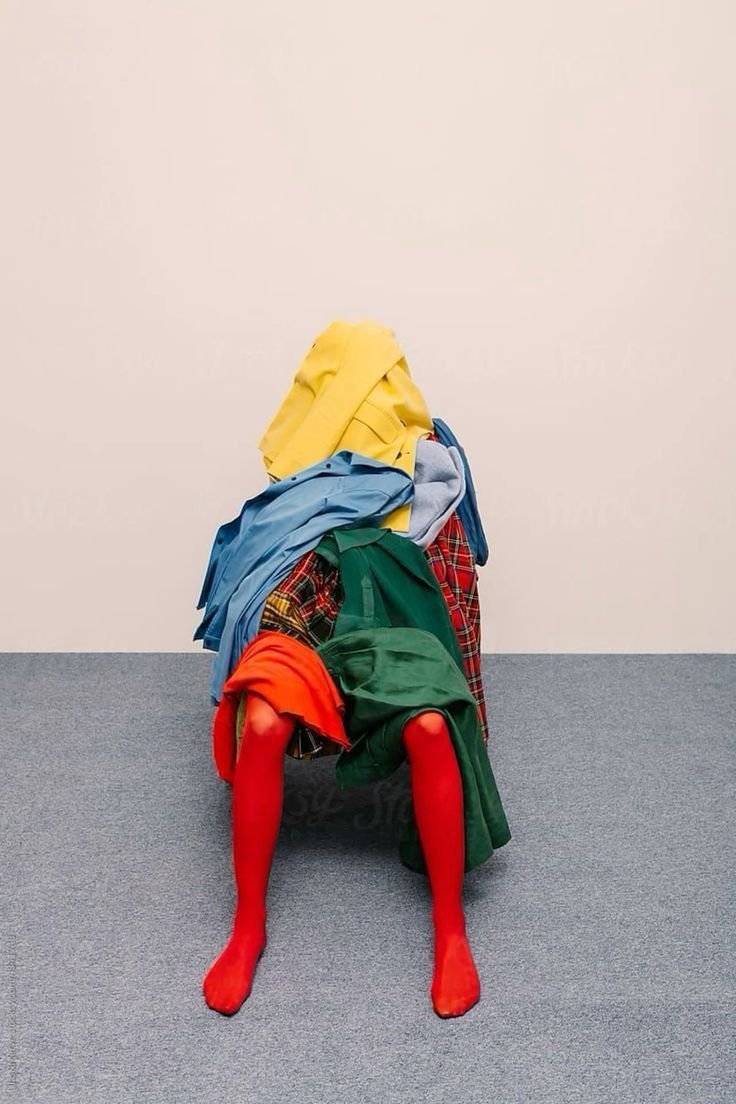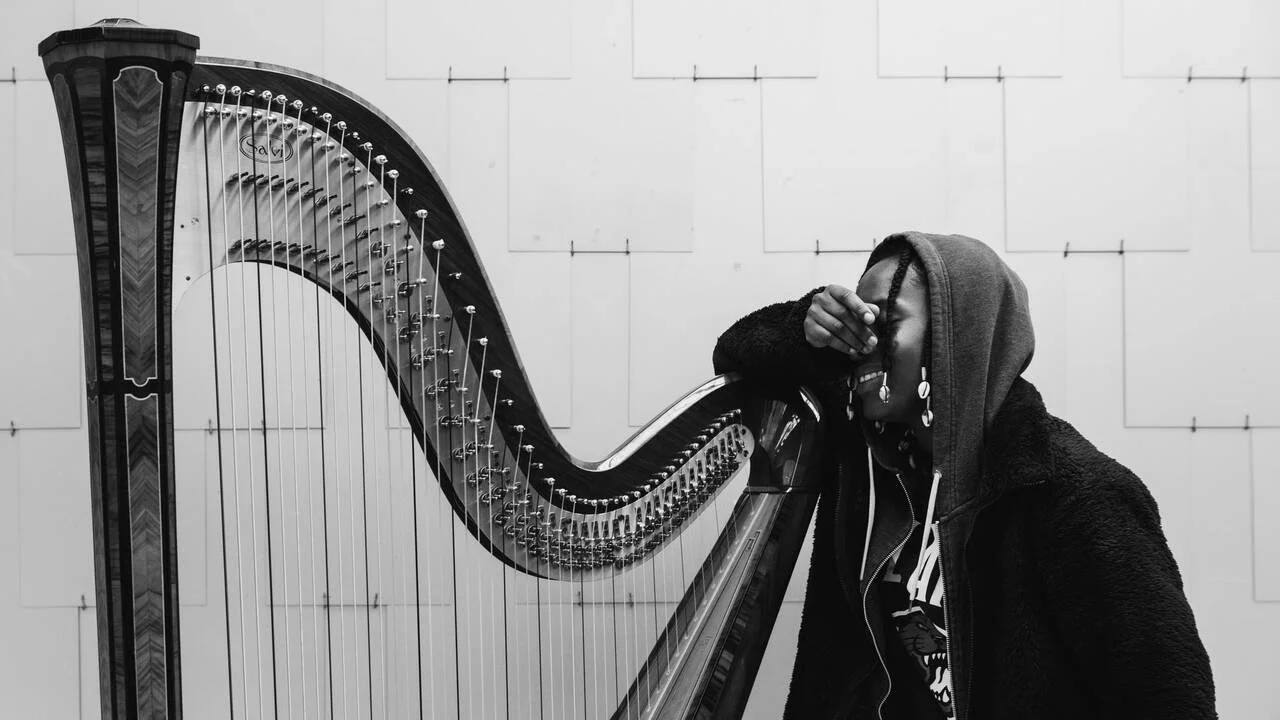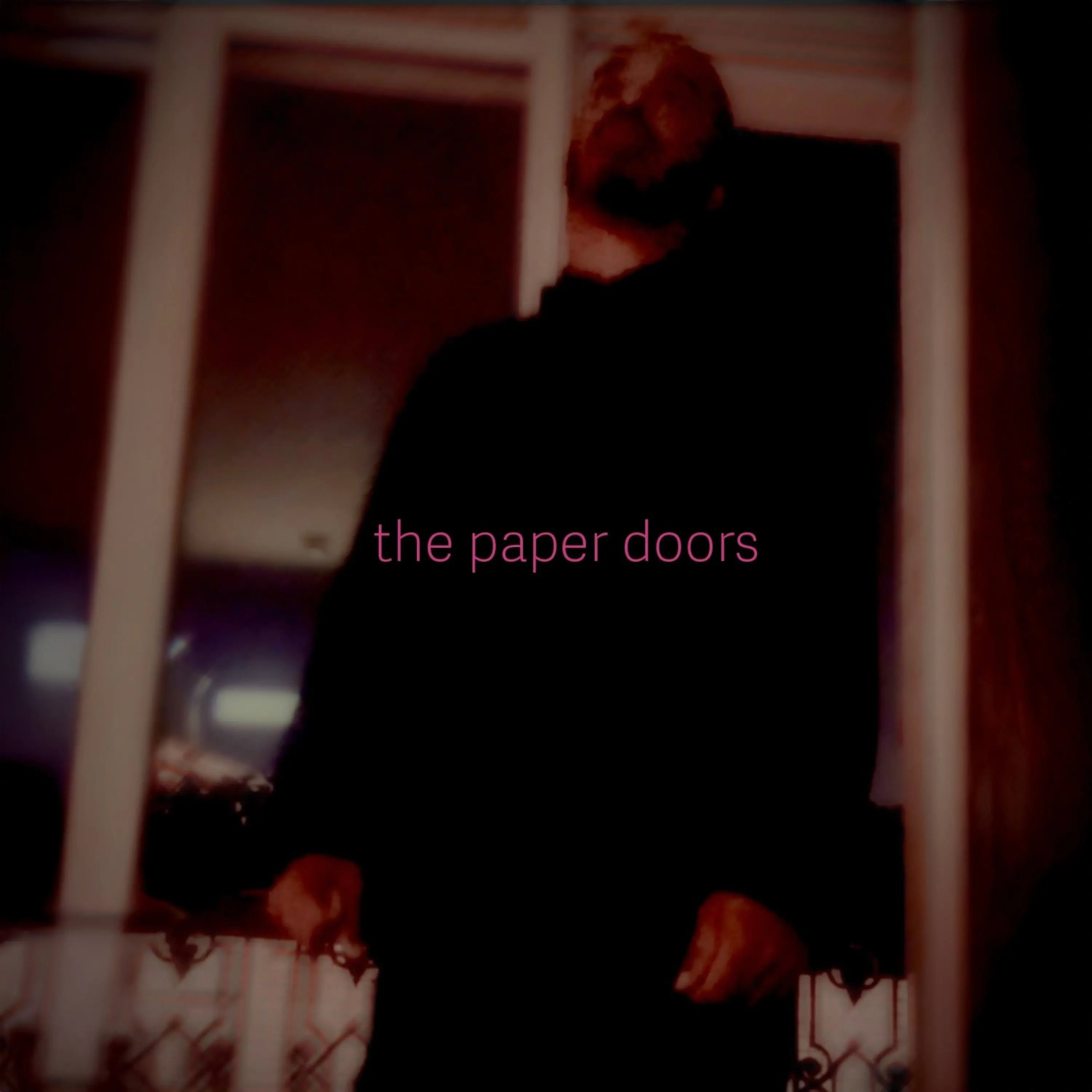Taking Back Control: Revolutionizing the Art Business
Today's artists find themselves at a crossroads: how to evolve in a world where technology is rewriting the rules of the game? With the rise of AI, NFTs, and the emergence of platforms like Metalabel, Indify, or Subvert, the relationship with the market is being redefined. While traditional institutions uphold models of scarcity and hierarchy, these new digital alternatives seem to offer more democratic solutions. But are they truly more sustainable and fair for creators? It’s a risk to take in order to break the system.
The artist is no longer just a creator but also an entrepreneur, building a new economy where the value of their work no longer relies on a rigid system, but on their ability to adapt and leverage the new tools at their disposal. By integrating technological models that foster community creation, the art world could open up to the 5 million artists who, today, are competing for the 70,000 annual exhibitions listed by the Contemporary Art Issue.
« For me, art goes beyond traditional galleries. I create community projects, collaborate with brands, and explore digital art to build a circular economy around my work. »
In music, the situation is similar: singers, producers, and musicians are facing the limitations of streaming as a revenue source. What if the future of art lies in this digital revolution? The essential question now is: how can artists take back control and reinvent a world where their voices truly matter?
The era of intermediaries is coming to an end
© Metabel
The art world, long dominated by major galleries, auction houses, and labels, is beginning to be shaken by a winds of change. A question arises: have these institutions, once tasked with legitimizing artists, become obsolete in a world where creativity extends far beyond physical spaces? Galleries appear trapped in a closed economic model, built on artificial scarcity and speculation. The value of art, dictated by a few privileged collectors, seems increasingly irrelevant. Must the artist still submit to this system to be recognized?
At the same time, digital platforms—whether dedicated to art or other creative fields—are offering new possibilities. These digital spaces provide an alternative to traditional structures, emphasizing the autonomy of creators. This shift is a quiet yet radical revolution. With just one click, the artist can choose their platform, their audience, and most importantly, how they want to be perceived. Gone are the days when legitimacy depended on the intervention of major institutions. A more fluid, more diversified economic model is emerging.
Code, blockchain, community: artists are changing the game
© Metabel
The question of digital technology and AI, which holds a central place in this transformation (like the AI art auction at Christie's in February 2025), is particularly fascinating. Since 2023, the art world has faced a crucial question: Is AI a threat to human creativity or a new form of artistic tool? Do the laws keep up with the technology to protect original works? Indeed, AI has opened up a whole new experimental field for artists like Refik Anadol, Holly Herndon, Mat Dryhurst or Delphine Diallo. They’ve introduced AI as a tool in their creative process, demonstrating that it’s possible to merge human creativity with algorithmic power. This hybrid model raises an essential question: Is artificial intelligence a tool or a threat to culture?
The world of NFTs and blockchain, even though its first wave was marked by speculation and frantic purchases, opens up new possibilities. The NFT, in more thoughtful forms, offers a solution to certify the authenticity of a work, but also to ensure a fairer and more sustainable remuneration for the artist. It's not the blockchain itself that's problematic, but rather how it has been exploited by some to create a form of financial speculation disconnected from art. Yet, in this period of uncertainty, there is a glimmer of hope: the potential for a revamp of this market, one that is more ethical and sustainable.
Platforms and Autonomy: Redefining the Value of Art
© Metabel
In this context, platforms like Metalabel, Subvert, and Indify represent a new wave of opportunities for creators. The goal? Rethink art beyond pure commerce. Here, artists can sell physical or digital works or even organize IRL events. A hybrid system that puts creators back in control of their own value. These platforms prioritize community over traditional models of collection and accumulation. Metalabel and Subvert stand out by allowing artists to launch their own labels, ensuring full autonomy over their careers. Indify, on the other hand, connects creators with investors, enabling them to fund projects without relying on the traditional music industry.
For contemporary visual artists and creators, platforms like Avant Arte, Singulart, Saatchi Art, and Artfinder are reshaping how art is sold and promoted. Avant Arte stands out by producing and distributing limited-edition works from renowned artists. Singulart highlights international creators with a high-end approach. Saatchi Art provides global visibility for emerging artists, while Artfinder fosters a more artisanal approach, encouraging direct exchanges between artists and buyers.
Legitimacy is no longer dictated; it is built
One of the key challenges lies in the artist’s legitimacy and how it can be (re)built. The era of validation by major institutions is over. Instead of relying on the rules and influence of a handful of galleries or collectors, artists now have everything to gain by cultivating their own communities. True legitimacy no longer belongs exclusively to big names—it emerges from genuine engagement and direct connections between artists and audiences. At the intersection of art and new technologies, a new contemporary artist identity is taking shape—one that transcends the notion of art as mere product.
Community-driven projects like New Models or Do Not Research are becoming true laboratories for redefining art’s role in society. These initiatives champion an art form that goes beyond market value, built instead on networks of exchange and dialogue. In this space, creativity finds its full meaning—art is no longer just a commodity but a collective project, a shared reflection. And when you think about it, this approach might just be the blueprint for the society of tomorrow.
Create, Share, Exist: The Artist in Front of Their Audience
The artist must no longer be caught in the nets of a speculative market. Today, they have the means to create their own universe, build bridges with their audience, and reclaim the notion of value. In short, the future of art lies in constant reinvention, the overcoming of old structures, and the opening up of new creative horizons.
We are in the process of redefining what it means to be an artist in the digital age. This movement, still in the making, paves the way for a freer, more connected, and more human art.
Sourcing :
Metalabel, Indify, Subvert, Vault, SuperRare, Artsy, Masterworks, Avant Arte














